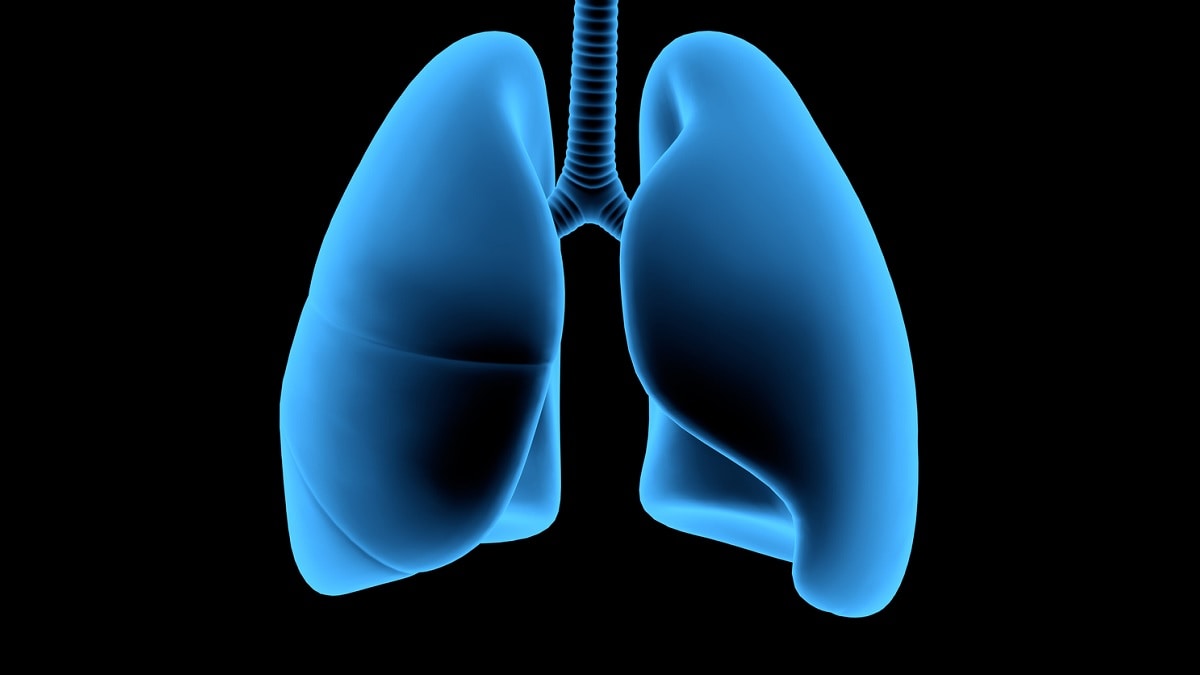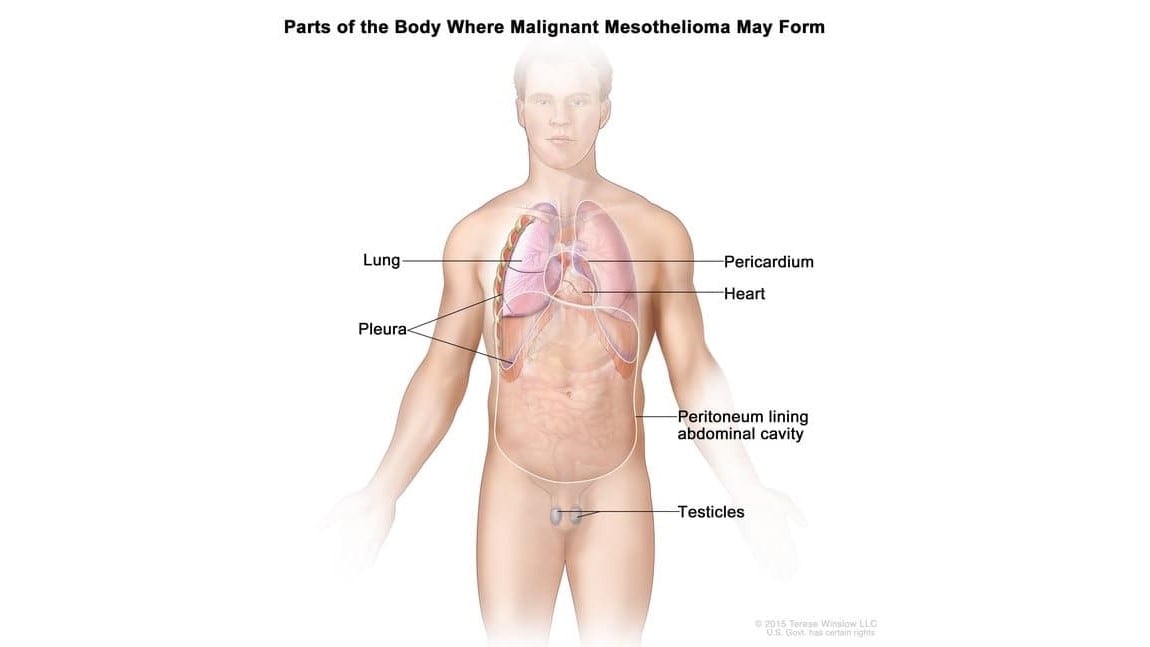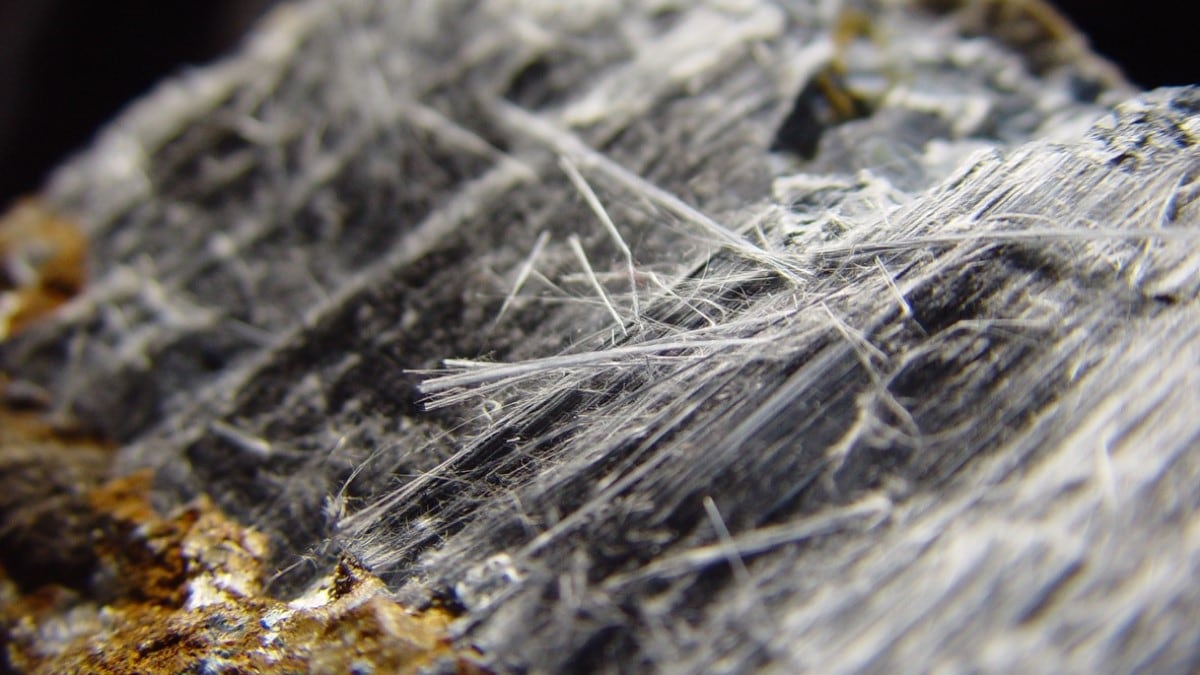Key points
- Mesothelioma is a cancer that forms in the thin tissue that lines many of your internal organs.
- Exposure to asbestos causes most cases of mesothelioma.

Overview
Cancer is a disease in which cells in the body grow out of control. Mesothelioma is a cancer that forms in the thin tissue that lines many of your internal organs. This thin tissue is called the mesothelium.
The most common kind of mesothelioma forms in the tissue around the lungs, called the pleura. This is called pleural mesothelioma. But mesothelioma may also form in:
- The tissue in the abdomen, called the peritoneum.
- The tissue around the heart, called the pericardium.
- The tissue around the testicles, called the tunica vaginalis.

© 2015 Terese Winslow LLC. US government has certain rights. Used with permission. Contact artist at www.teresewinslow.com for licensing.
Symptoms
Pleural mesothelioma can cause:
- Pain in your chest, under your rib cage.
- Coughing.
- Shortness of breath.
- Lumps under the skin on your chest.
- Tiredness.
- Weight loss you can't explain.
Peritoneal mesothelioma can cause:
- A swollen abdomen.
- Pain in your abdomen.
- Nausea.
- Tiredness.
- Weight loss you can't explain.
If you have any of these symptoms, talk to your doctor. They may be caused by something other than cancer. The only way to know what is causing them is to see your doctor.
Risk factors
Risk factors for mesothelioma include:
- Being exposed to asbestos at work.
- Living with someone who works with asbestos.
- Living or working in a building where materials that contain asbestos have been disturbed.
- Living in an area with natural asbestos deposits or asbestos mines or factories.
Causes

Exposure to asbestos causes most cases of mesothelioma. Asbestos is a group of minerals naturally found in rocks and soil that form long, thin, very strong fibers. Asbestos fibers do not evaporate or dissolve in water. They resist heat and fire and cannot be broken down easily by chemicals or bacteria.
Asbestos was used in many consumer products, automobile parts, and building materials in the 20th century, before scientists learned about its dangers to health. Asbestos is no longer mined in the United States, but it is imported from other countries to make some products. It is still present in some older homes and buildings.
Working with materials that contain asbestos can release tiny asbestos fibers, too small to see, into the air. Some workers and others who breathed in or swallowed asbestos fibers over many years have developed mesothelioma and other diseases. Not everyone who is exposed to asbestos will get mesothelioma or other cancers. If you are concerned, ask your doctor if you should get regular checkups or tests for asbestos-related diseases.
Diagnosis
It can be hard to tell the difference between mesothelioma and other cancers. You may need to have a physical exam and other tests, such as imaging tests (a chest x-ray or CT scan) or a biopsy (removing a small piece of tissue to look at under a microscope).
Treatment and recovery
Treatment depends on where the mesothelioma is located and whether it has spread to other parts of the body. Treatment may include surgery, chemotherapy, radiation therapy, immunotherapy, or targeted therapy.
- Surgery: An operation in which doctors cut out the cancer.
- Chemotherapy: Use of special medicines to shrink or kill the cancer. The drugs can be pills you take or medicines given in your veins, or sometimes both.
- Radiation therapy: Use of high-energy rays (similar to x-rays) to kill the cancer.
- Immunotherapy: Special medicines that doctors use to help your body's immune system fight the cancer.
- Targeted therapy: Use of drugs to block the growth and spread of cancer cells. The drugs can be pills you take or medicines given in your veins. You will get tests to see if targeted therapy is right for your cancer type before this treatment is used.
Clinical trials
Clinical trials use new treatment options to see if they are safe and effective. If you have cancer, you may want to take part. Visit the sites listed below for more information.
- NIH Clinical Research Trials and You (National Institutes of Health)
- Learn About Clinical Trials (National Cancer Institute)
- Search for Clinical Trials (National Cancer Institute)
- ClinicalTrials.gov (National Institutes of Health)
Statistics
The Data Visualizations tool makes it easy for anyone to explore and use the latest official federal government cancer data from United States Cancer Statistics. It includes the latest cancer data covering the US population.
